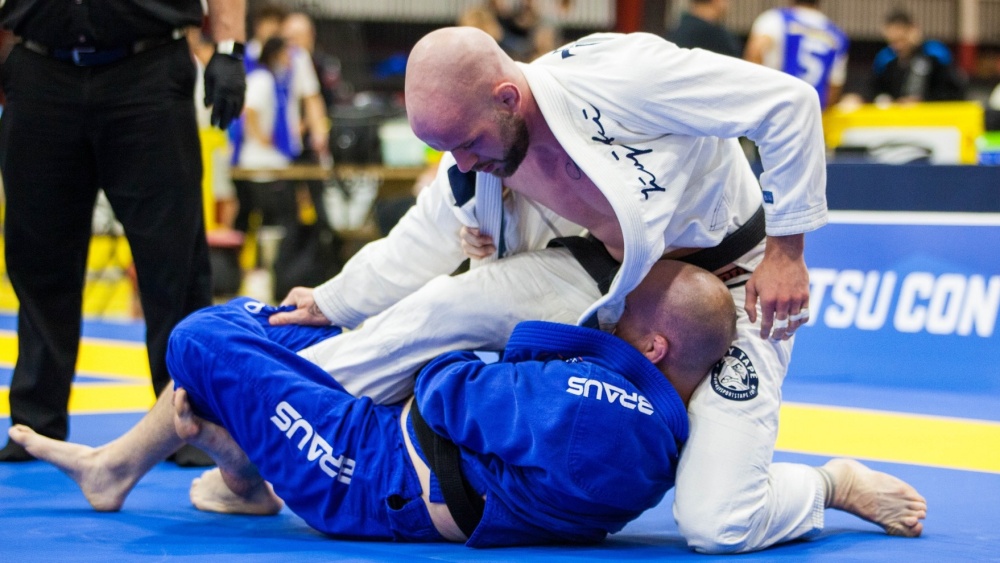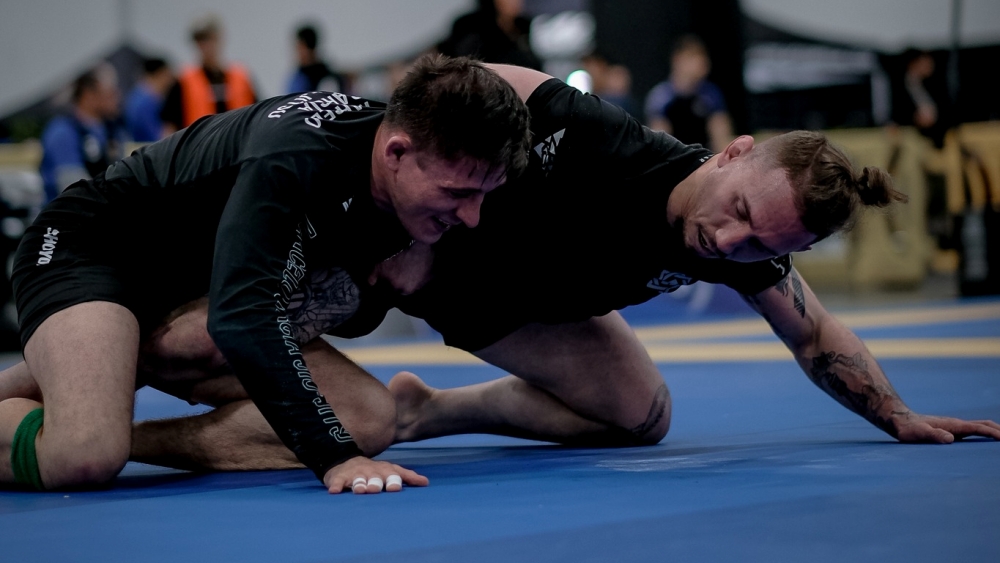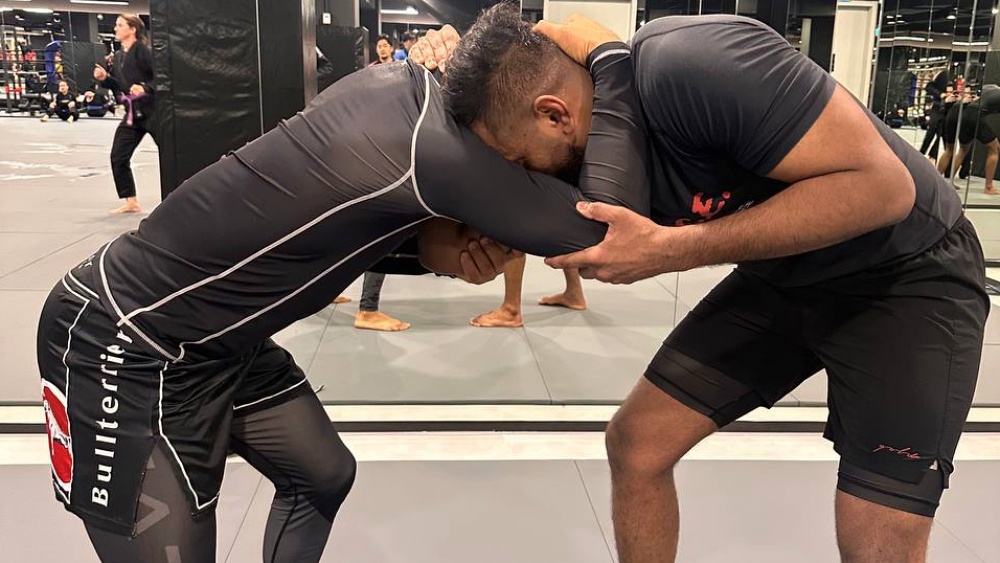Brazilian Jiu-Jitsu is a grappling sport that favors fighting on multiple planes of combat. You can engage from the standing position, similar to how they do in Judo, or you can grapple with your back on the mat. The latter approach is known as playing guard. Today we’ll discuss an important variant of the guard known as the deep half guard.
What Is The Guard?
The guard is a fundamentally defensive position where you use your body to defend against your opponent. Similar to a fortress, your guard should be stable enough to minimize the effect of any offensive technique used against you, and from there, you can then transition to your offensive techniques. There are many types of guards in BJJ, and it is up to the practitioner to find the one that best suits their grappling style.
It is always a good idea to develop a guard game that can easily be adjusted to both gi and no-gi. This is so you don’t have to spend too much time developing two very distinct styles. The half guard, particularly the deep half guard variant, is a safe position that can be used in all grappling rulesets.
The Deep Half Guard
In this video, BJJ World Champions Teco Shinzato and Jucimar Eller share the basics of the deep half guard. The deep half is basically half guard, with your body placed near the opponent’s center of gravity. Instead of using your hook to lock the opponent down while you block their upper body from advancing, you take up the space underneath with the intent of disrupting their balance. It is a unique approach to the guard with lots of sweeping potential.
One critical concept that beginners should understand is that you should be dynamic when playing guards like the deep half. First, safety should be the top priority – always keep your body safe from attacks before you decide to go on the offensive. Always unbalance their center of gravity by breaking their posture and shifting from side to side. Lastly, be mindful of the situation at all times. Transition to an offensive cycle once you are safe from incoming submissions and passing attempts.
Benefits Of The Deep Half Guard
The deep half is a great option for those who like to play a more sweeping game. You don’t have to be a stud athlete to use the deep half. You can use it to effectively control even larger opponents as you are using your structure to break them down.
While the deep half guard is good on its own, we recommend studying other forms of half guard, particularly the knee shield half guard, to round out your bottom game.
Precautionary Concepts
Since the main objective of the deep half is to go underneath the opponent, it is critical that you understand the potential risks of the position. There are thee basic reactions when you enter the deep half: pass the guard, attack the far arm, and attack the neck. Let’s break down the best approach per reaction.
If the opponent attempts to pass your guard by stepping over your head, it is best to use unbalancing techniques like moving side to side to disrupt the pass. This is also the best time to attack with sweeps, as the opponent’s base is unstable.
If the opponent attempts to attack your far arm with americanas and kimuras, you can always reposition your arm to negate the submissions. Tucking your far arm underneath the opponent’s leg is a smart approach, as it basically negates armlock attempts. In the event that your opponent controls your wrist, you can remove the grip by swiping your knee against their arm.
If the opponent targets your neck, you can simply lean forward as you circle inward to hide your head. This should be enough to remove any submission attempts.
Transitions
The first video also shows a couple of simple transitions out of deep half guard. Once you feel your opponent disengage by standing up, you can either go to X guard or 50/50 guard. These are good options because you can still attack with sweeps and submissions. Remember that attacking options vary depending on the guard, so please study up on these positions in case you want to include them in your bottom game.
There are many ways to get into the deep half guard once you establish some form of control. The video mentions some common entries, such as from the De La Riva guard, lasso guard, and even as a counter to the knee cut pass. The key concept here is that there should be space for your arm and body to swing under. Once you see available space, shoot underneath, grab the leg and move your body to the proper position.
BJJ World Champion Teco Shinzato and Jucimar Eller go over basic passes, defenses, and attacks from the deep half. We encourage you to go over all techniques they demonstrate so that you can understand the complete picture of the deep half guard. These positional movements might look basic, but they are the building blocks all strong deep half guard players know on a profound level.
Drill To Win
Like all techniques we show, it is imperative to drill the deep half guard countless times. Many beginners are uncomfortable going to deep half because it can feel cramped at times, which is understandable. All positions that require you to play underneath the opponent’s center of gravity feel different and challenging to learn in the beginning stages. Drill the techniques shown in the video and slowly include them in your sparring sessions so that you can get accustomed to them. Over time, you’ll be surprised at how effective the deep half is.
Conclusion
The deep half guard is an incredible technique guaranteed to help you become a better bottom player. The transitions alone will elevate your understanding of Jiu-Jitsu to the next level as they will teach you how to move underneath a resisting opponent. This is one position that we suggest all grapplers explore.
You may also like:

















